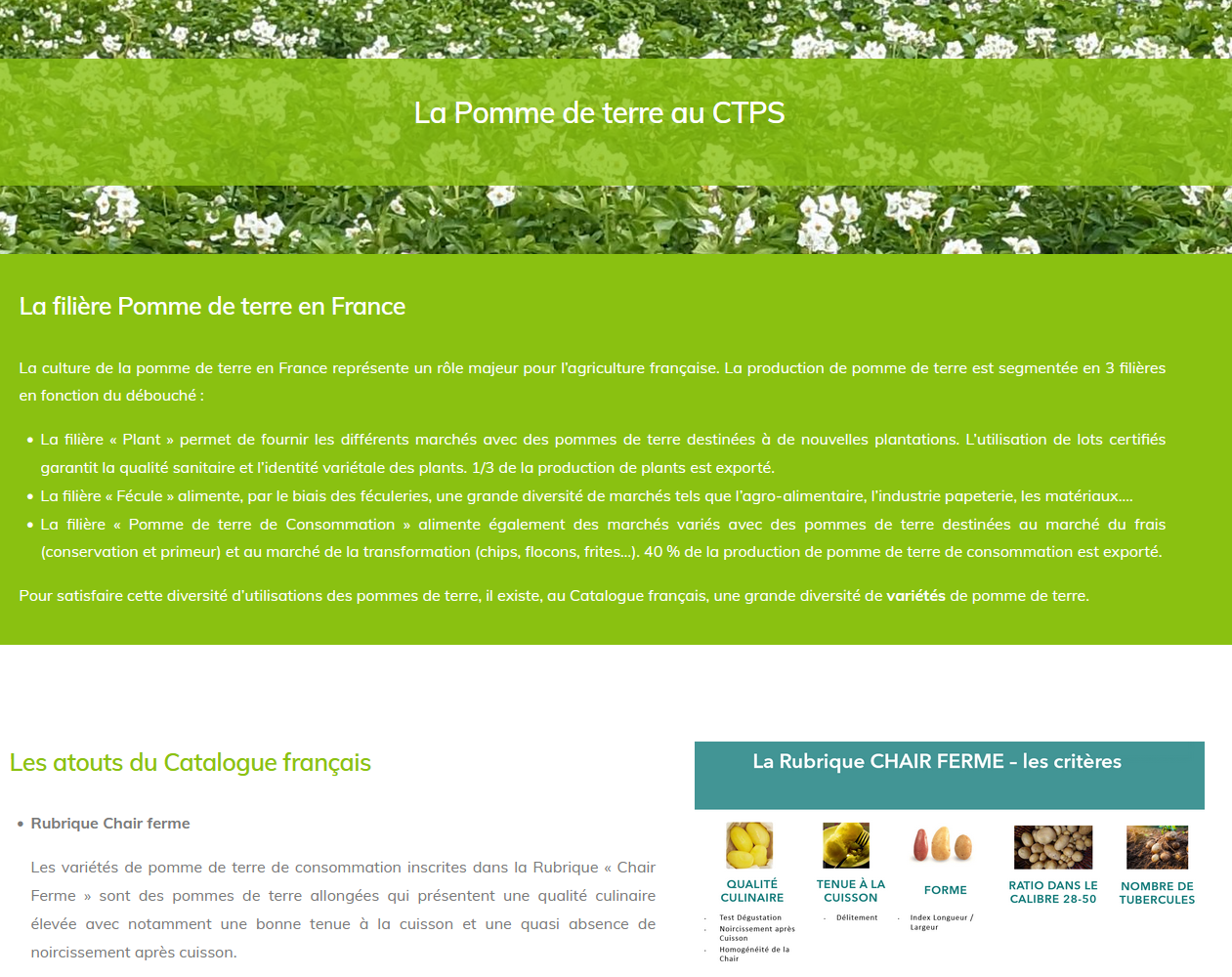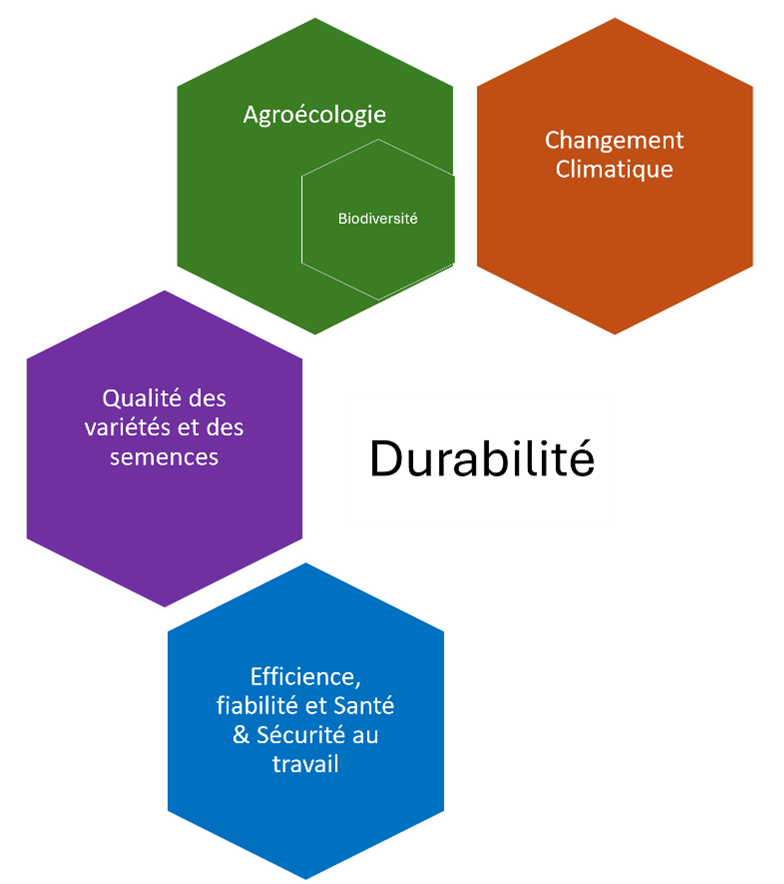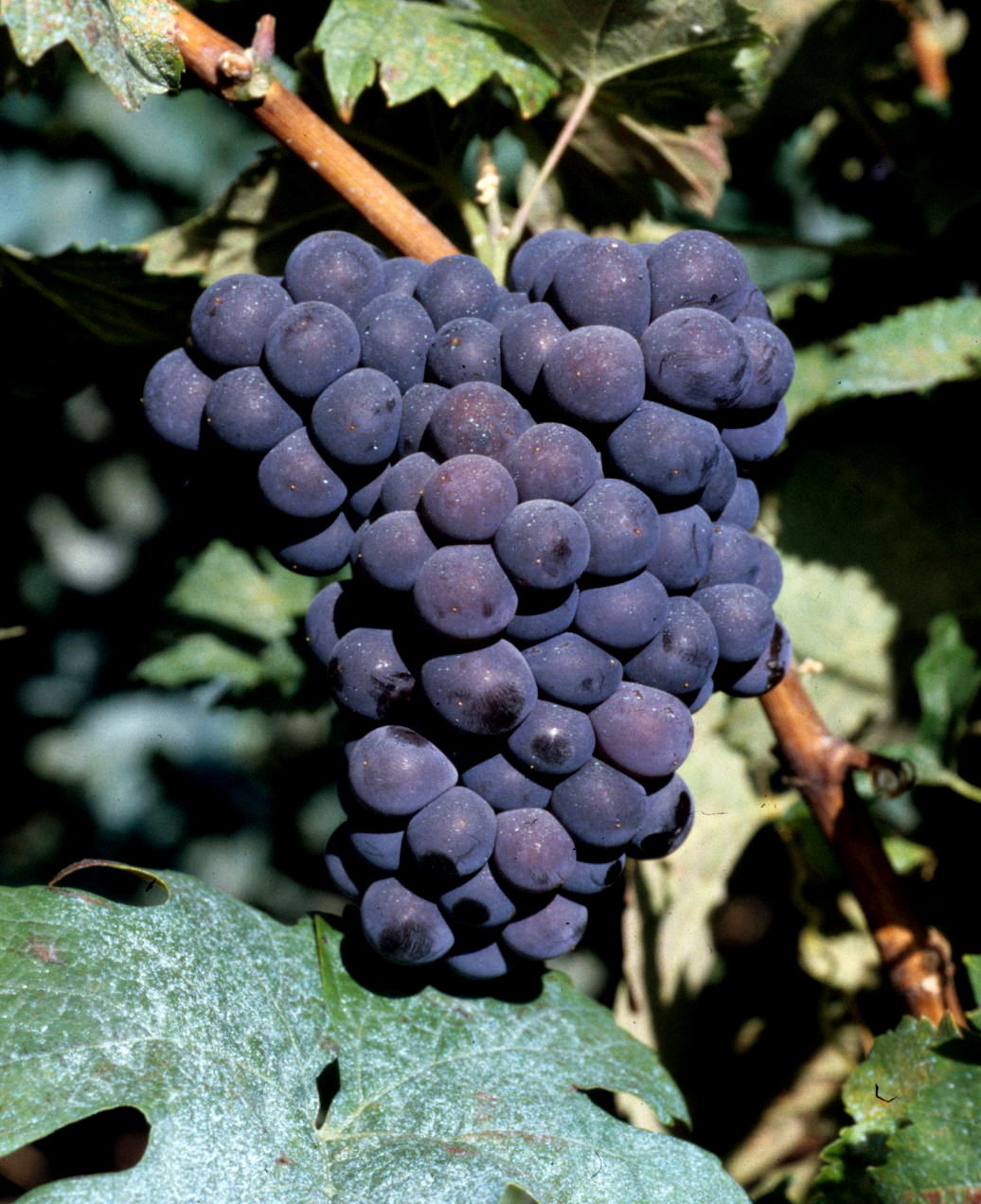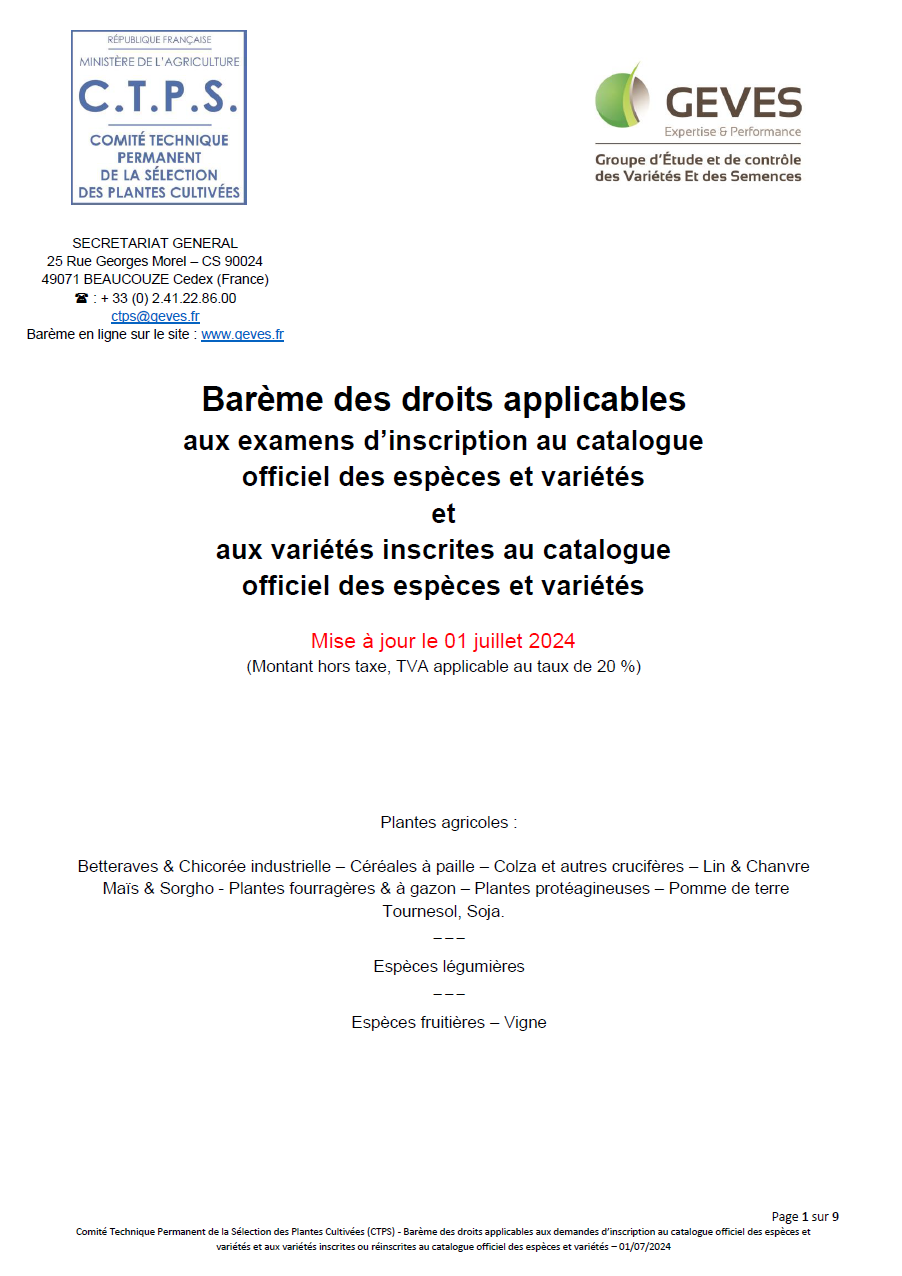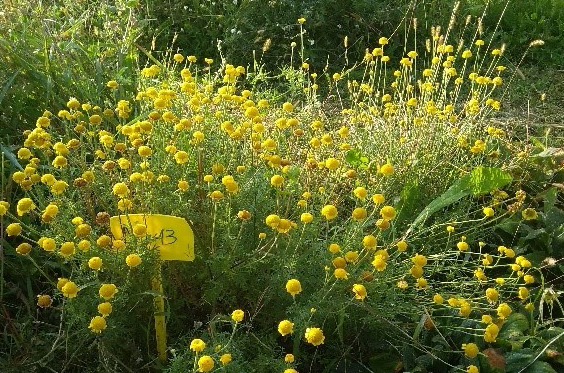
Botany at the heart of the physical analysis laboratory
Botany is defined as the science devoted to the study of plants. Therefore, it covers different disciplines, including taxonomy, systematics and plant morphology.
The analysis of the physical quality of seeds is essentially based on the observation of the external morphological characteristics of the seeds. It is therefore thanks to an in-depth knowledge of botany that it is possible to carry out this analysis.
To this end, the laboratory has several seed collections which are a valuable heritage. These collections are essential tools for acquiring knowledge and maintaining the laboratory’s botanical expertise. The Reference Collection comprises more than 17,000 species. These samples (fruits and seeds) are not intended for cultivation or sowing. They are kept for seed identification purposes and serve as reference specimens. This collection therefore allows the control, by comparison, of the identity of the seeds. It is also an important educational tool that can be presented during visits and used during training sessions. And represents a great potential for future work on seed morphology. The laboratory also has thematic collections such as “Africa” (360 samples), “Flowers” (392 samples) and “Trees” (250 samples) collections.
In addition, the technical collection completes the reference collection. Made of up to 563 species, it brings together the species most frequently encountered in analyses: regulated species as well as certain rare or threatened species. The seeds of this technical collection can come from laboratory activities, from the production of our own botanical garden, from exchanges with international botanical gardens or from harvests. This collection is the “raw material” used for carrying out the missions of the National Reference Laboratory (NRL) missions: training activities, proficiency tests, production of technical documents, etc.
The botanical team at the heart of the Physical Analysis laboratory aims to strengthen this approach. Their main mission is the management of all the laboratory’s collections (inventory, supply, control of the state of the collection, search for new species, etc.) but also the management of the botanical garden (from sowing to harvest) for the production and multiplication of species of interest. The publication of a GEVES Index Seminum will help strengthen exchanges and partnerships with various international botanical gardens.

